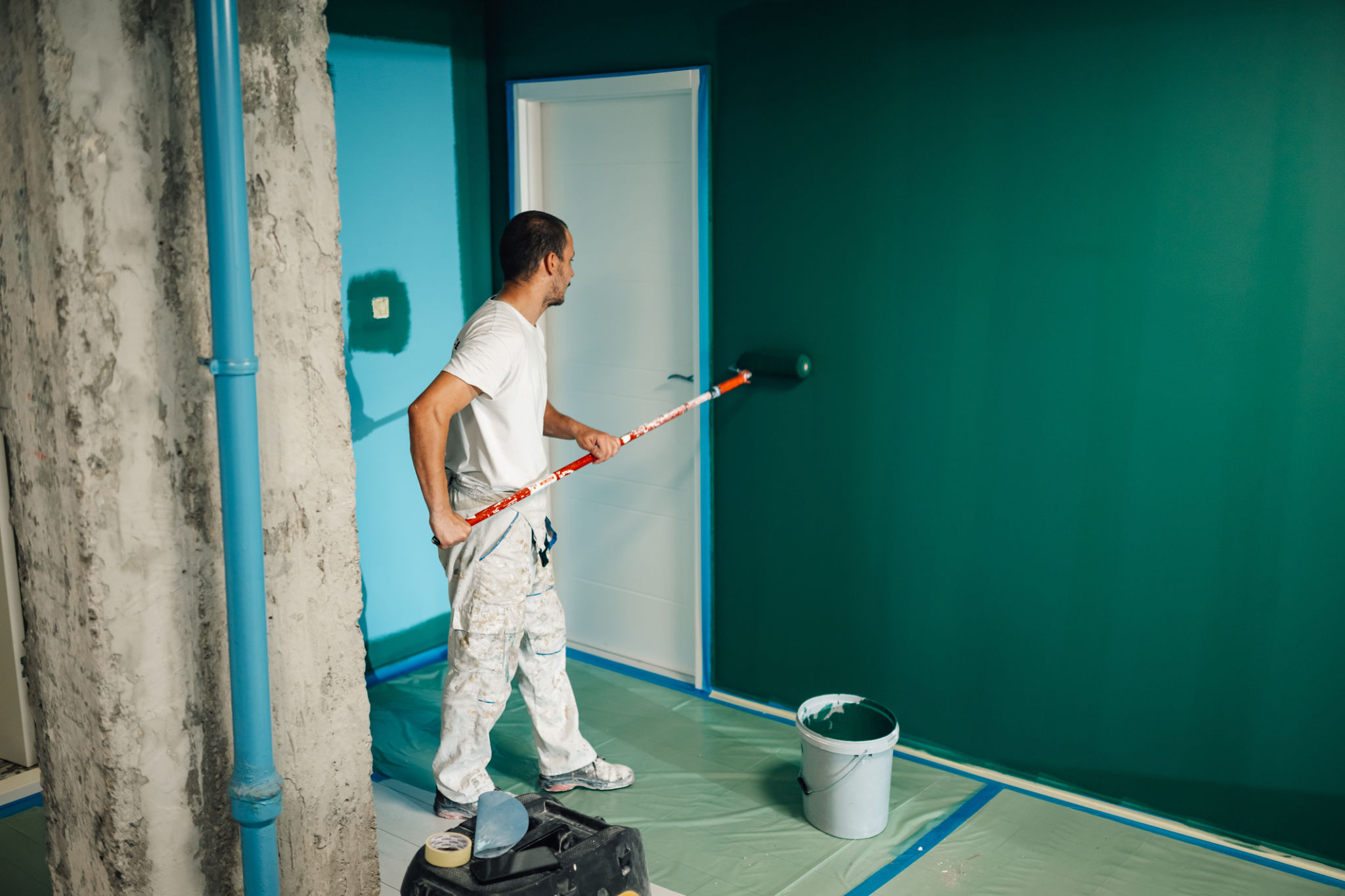Essential Tips for Painting Your Home in Toronto's Climate
Understanding Toronto's Climate
Toronto experiences a unique climate with cold winters and humid summers, which can pose challenges for painting your home. This climate requires careful planning and execution to ensure your paint job withstands the elements. Understanding the local weather patterns is the first step in choosing the right paint and timing for your project.
The extreme temperature fluctuations can affect how paint adheres and cures. It's crucial to select paints that are specifically formulated for durability in both cold and humid conditions. Using the right type of paint not only enhances the appearance of your home but also provides protection against harsh weather.

Selecting the Right Paint
When it comes to choosing paint for your home in Toronto, consider using high-quality latex paints as they offer greater flexibility and durability. Latex paints are less likely to crack or peel in response to temperature changes, making them ideal for Toronto's climate.
Additionally, look for paints that have UV protection to prevent fading from the summer sun. Choosing a paint with mold and mildew resistance is also beneficial, especially given Toronto's humid summer months. Investing in quality paint will save you time and money in the long run by reducing the frequency of repainting.
Timing Your Painting Project
Timing is everything when painting your home, especially in a climate like Toronto's. The best time to paint is during the late spring or early fall when temperatures are moderate and humidity levels are lower. Avoid painting during the peak of summer heat or in winter when temperatures drop below freezing.
Plan your project around a weather forecast that promises several days of dry, moderate weather. This will ensure that the paint has enough time to dry and cure properly, leading to a longer-lasting finish.

Preparing Your Home's Exterior
Proper preparation is key to a successful paint job. Begin by cleaning the exterior surfaces to remove dirt, grime, and any loose paint. Power washing can be an effective method for this task, but be sure to allow sufficient time for the surfaces to dry thoroughly before painting.
Next, inspect your home for any signs of damage or areas that need repair. Fill any cracks and holes with a suitable filler, and sand down any rough patches to ensure a smooth surface for painting. Taking these steps will improve paint adhesion and provide a more professional finish.

Choosing the Right Tools
Having the right tools can make a significant difference in the ease and quality of your painting project. Invest in good quality brushes and rollers that are suited for the type of paint you are using. Consider using an extension pole for hard-to-reach areas, ensuring even coverage across all surfaces.
If you're tackling a large area, consider renting or purchasing a paint sprayer for faster application. However, be sure to practice on a small area first to avoid any mishaps. Properly maintained tools not only make the job easier but also contribute to a more professional-looking finish.
Maintaining Your Painted Surfaces
Once your painting project is complete, it's important to maintain your painted surfaces to extend their lifespan. Regularly inspect your home for signs of wear and touch up any areas that show signs of damage or peeling. Keeping gutters clean and ensuring proper drainage can also help protect your paint from water damage.
Consider applying a clear protective coat every few years to enhance durability and maintain the vibrant color of your paint. Proper maintenance will help keep your home looking fresh and well-maintained despite Toronto's challenging climate.